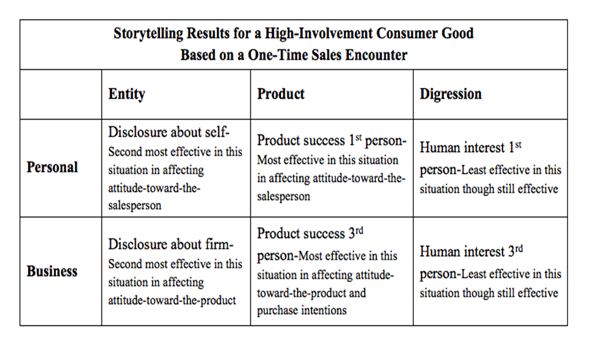
10 Tips for Effective Email Communication
Email is a powerful tool in the workplace, but it has become a headache for some. Using email effectively is not as straightforward as it seems but following a few key guidelines can make all the difference. Here are 10 tips for writing well-crafted and professional emails.
1. Be clear and specific!
Most of us have way too many emails and too little time in the day to read and respond to them. Keeping emails short and to the point will help maximize the chance they are read in their entirety and minimize the chances of the reader moving on to the next email.
2. Be prompt and respond to important emails.
Responding to an email within 24 hours shows you care about the message. Even if you are not able to attend to something right away, telling the person you received it and giving them a timeline for your reply presents professionalism and attentiveness.
3. Use the subject line to clearly state what your email is about.
Since most of us receive a huge amount of email, we need an easy way to know which emails are important and how to organize them. The Subject line is a helpful tool for this.
4. Add important directional words to the Subject line when an email needs special attention.
Words like “response needed” or “urgent” are helpful in knowing what is expected and by when, e.g., “Client contract – confirming dates – response needed” or “Board meeting – draft agenda – response needed by Friday”.
5. Be restrained about forwarding jokes or other non-work-related material.
Most people don’t appreciate this type of email so keep your work email to just that: about work.
6. Include one main topic per email and limit the number of questions and requests.
Although you may have numerous things to ask/say, it is best to limit your requests or important news to one per email. In this way your subject line can reflect your message and your reader will know where to file it and how to address it (at a glance).
7. Decide carefully who should be CC-ed on an email.
Although you may be sending an email as part of group mailing, you should not feel the need to hit “Reply All”. Often sending a response to the sender is enough, helping minimize clutter for others.
8. If you have concerns and need clarification, pick up the phone or schedule a meeting.
So much of communication is non-verbal. Communicating about conflict or misunderstandings in writing can often make things worse, despite our best intentions. Try contacting the person by phone or set a time to talk things through.
9. Minimize your use of ALL CAPS or bold to highlight words.
Although some of us (especially highly visual people) love playing with visual cues, they can be misunderstood by others (especially if they don’t use visual clues). To minimize sounding “loud” (often associated with ALL CAPS) or annoyed (often associated with bold), just use regular font styles.
10. Include an email signature on all your emails.
It is important to have all your contact information clearly and easily accessible in case someone needs to reach out to you by phone, forward your company info along, etc.
Original document, 10 Tips for Effective Email Communication
Source:https: Global Learning Partners
Adapted for Academy.Warriorrising














